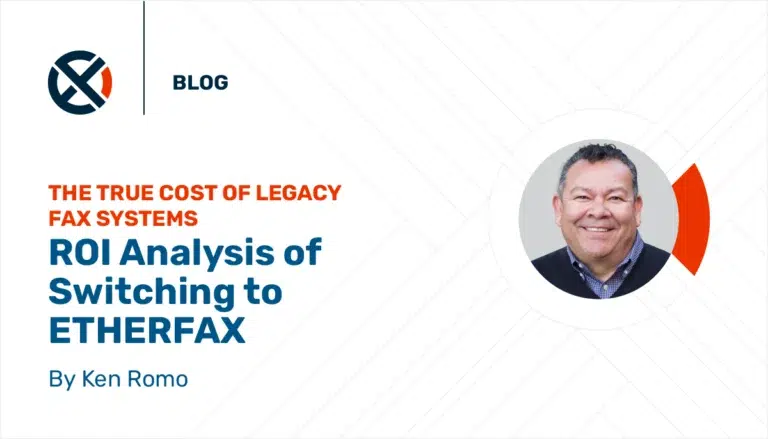In today’s digital world, government agencies face increasing pressure to modernize their operations while safeguarding sensitive information. With data breaches, ransomware attacks, and other cybersecurity threats dominating the headlines, maintaining trust and security has never been more critical.
For agencies migrating to a cloud-based solution, selecting a Cloud Service Provider (CSP) with the proper certifications is essential for protecting confidential data and maintaining compliance with federal regulations. The Federal Risk and Authorization Management Program (FedRAMP) has emerged as a cornerstone of cloud security for government organizations, offering a standardized framework to evaluate and authorize Cloud Service Offerings (CSOs).
For government organizations, the benefits of choosing a provider that meets FedRAMP requirements extends far beyond compliance. From enhanced security to streamlined processes, FedRAMP offers agencies the confidence they need to embrace modern CSOs without compromising data protection.
Understanding FedRAMP
FedRAMP is a government-wide program created to standardize the security assessment, authorization, and continuous monitoring of cloud products and services. It was established to help government agencies adopt cloud-based products while ensuring that these services meet stringent security requirements.
Achieving FedRAMP compliance is a demanding process for CSPs. CSPs must implement rigorous security controls within each CSO, which includes data encryption, access controls, vulnerability scanning, and continuous monitoring. These controls are evaluated against a stringent set of criteria defined by the National Institute of Standards and Technology (NIST), ensuring that CSPs meet the highest standards of security and reliability (see that latest version of NIST special publication 800-53).
Maintaining FedRAMP compliance is not just a one-time achievement; it requires continuous monitoring and reassessment of the services being provided. This active security posture ensures that CSPs stay ahead of emerging cybersecurity threats as well as evolving federal standards.
The Growing Need for FedRAMP
The shift by government agencies toward cloud adoption has brought unparalleled efficiency and scalability to operations. However, it has also introduced new security challenges. Cyberattacks targeting government agencies are becoming increasingly sophisticated, with adversaries seeking to exploit vulnerabilities in cloud environments that may expose Confidential but Unclassified Information (CUI) and/or disrupt critical operations. FedRAMP was designed to address these challenges by providing a comprehensive framework that reduces risks to manageable levels and ensures agencies can safely leverage CSOs.
FedRAMP also helps eliminate redundancy in security assessments. Without this standardized approach, each agency would have to independently and extensively evaluate the security capabilities of each cloud service provider and their offered solutions — a process that would be very time-consuming, expensive, and inconsistent. By establishing a unified approach, FedRAMP streamlines the adoption of cloud-based solutions across government agencies.




